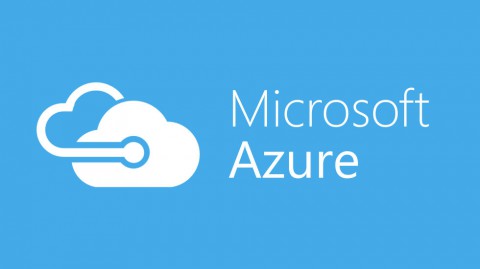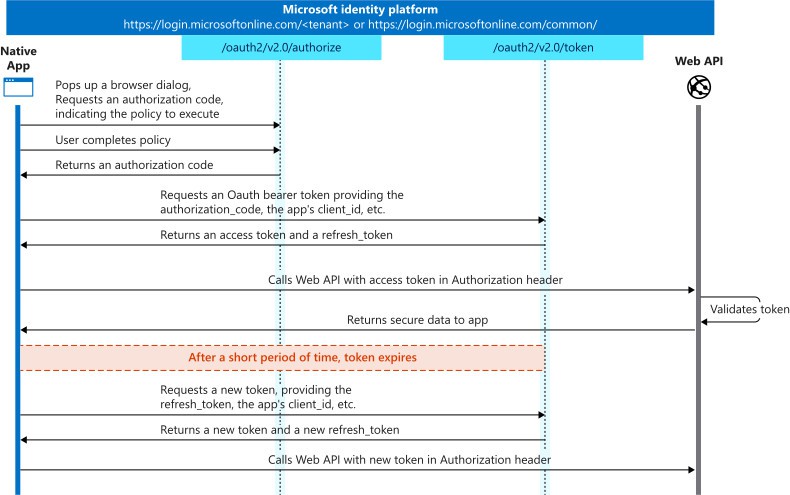 eSeGeCe
software
eSeGeCe
software
Azure OAuth2 Authentication
The OAuth 2.0 authorization code grant can be used in apps that are installed on a device to gain access to protected resources, such as web APIs. Using the Microsoft identity platform implementation of OAuth 2.0, you can add sign in and API access to your mobile and desktop apps.
sgcWebSockets supports Authorization Code Grant, so you can use our OAuth2 component to Authenticate against Azure.
Protocol Diagram
How get Authorization from Azure
First, you must know your <tenant> id and adjust in Authorization and Token urls, example: my tenant for my registered application is "be9c4db5-8637-4aae-844d-cfa587a3f5d2", so my url are as follows:
https://login.microsoftonline.com/be9c4db5-8637-4aae-844d-cfa587a3f5d2/oauth2/v2.0/authorize
https://login.microsoftonline.com/be9c4db5-8637-4aae-844d-cfa587a3f5d2/oauth2/v2.0/token
When I request a new token, a new web browser sessions is opened and start a listening server where reply will be handled, this server must listen on Localhost for non secure connections, or must be an HTTPS, in my test I've set that server listens on http://localhost:8080
Then you must set your clientid and client secret. And that's all, call Start method, a new web browser will be opened and will request user to accept permissions, if accepted, you will get a valid bearer token.
Find below a coding example:
oAuth2 := TsgHTTP_OAuth2.Create(nil); OAuth2.AuthorizationServerOptions.AuthURL := 'https://login.microsoftonline.com/be9c4db5-8637-4aae-844d-cfa587a3f5d2/oauth2/v2.0/authorize'; OAuth2.AuthorizationServerOptions.TokenURL := 'https://login.microsoftonline.com/be9c4db5-8637-4aae-844d-cfa587a3f5d2/oauth2/v2.0/token'; OAuth2.AuthorizationServerOptions.Scope.Text := 'openid'; OAuth2.LocalServerOptions.Host := 'localhost'; OAuth2.LocalServerOptions.IP := '127.0.0.1'; OAuth2.LocalServerOptions.Port := 8080; OAuth2.OAuth2Options.ClientId := 'd450bb98-0d42-40da-899e-0b38681b531d'; OAuth2.OAuth2Options.ClientSecret := '.AcpLtqa6tIU3VkDDduQ7bVG6vDyv_[-'; OAuth2.OAuth2Options.Username := ''; OAuth2.OAuth2Options.Password := ''; OAuth2.Start;
When you subscribe to the blog, we will send you an e-mail when there are new updates on the site so you wouldn't miss them.

